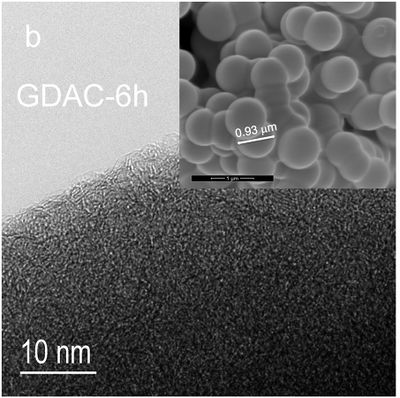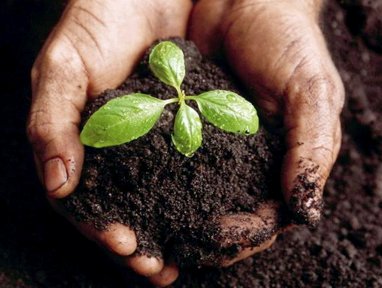Hydrothermal Carbonization: Difference between revisions
Jump to navigation
Jump to search

(Created page with "Image:Hydrothermal Carbonization01.jpg|400px|thumb|right| Carbon nanoballs made from glucose via hydrothermal carbonization, that have been processed with CO<sub>2</sub> for...") |
mNo edit summary |
||
| Line 20: | Line 20: | ||
[[Category:Food and Agriculture]] | [[Category:Food and Agriculture]] | ||
[[Category:Biofuel]] | [[Category:Biofuel]] | ||
[[Category:Biochar]] | |||
Revision as of 00:48, 22 August 2016

Carbon nanoballs made from glucose via hydrothermal carbonization, that have been processed with CO2 for 6 hours to change surface properties. SEM image from University of Tartu.
Hydrothermal Carbonization (HTC), also known as "hydrochar", is a form of thermal biomass conversion that involves moderate temperatures and pressures over an aqueous solution of biomass in a dilute acid for several hours. One advantage of the HTC process over conventional dry-thermal pre-treatments is the ability to handle wet feedstock without pre-drying. The resulting "biocoal" has physiochemical properties that are very different from biochar and can be used as a soil amendment (similar to biochar), bioenergy, and the remediation of wastewater pollution.
Open Source Hardware Needs
- Pressure Vessel
